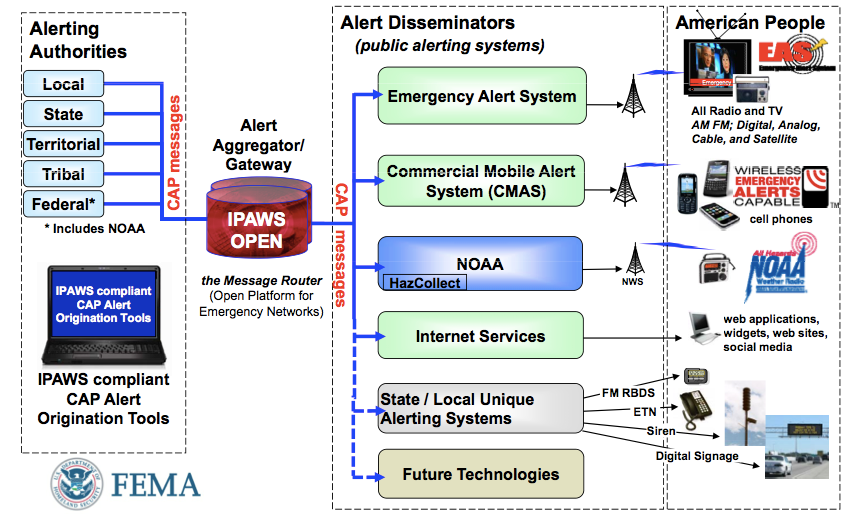In a world where the safety of children is a paramount concern, the Amber Alert system stands out as a vital tool in the rapid response to child abductions. This blog post delves into the origins of the Amber Alert system, its evolution over the years, and its current usage in the United States, highlighting its significant impact on child safety.
The Tragic Event that Sparked a Nationwide Movement
The Amber Alert system’s roots trace back to a heart-wrenching event that occurred on January 13, 1996. Nine-year-old Amber Hagerman was riding her bicycle near her grandparents’ home in Arlington, Texas, when she was abducted. Despite immediate efforts by her family and law enforcement to find her, Amber’s body was discovered four days later, tragically murdered.

Amber’s abduction and subsequent murder profoundly affected her community and underscored the urgent need for a systematic approach to quickly inform the public about child abductions. The extensive media coverage and public outcry following her death galvanized efforts to create a new, more effective method for responding to such emergencies.
Early Efforts and the Birth of the Amber Alert
In response to the tragedy, local broadcasters in the Dallas-Fort Worth area collaborated with police to develop an early warning system. This system aimed to leverage the extensive reach of the media to quickly disseminate information about abducted children to the public. Broadcasters agreed to interrupt their programming to issue alerts, similar to the way severe weather warnings are handled.
This collaborative effort led to the creation of the first Amber Alert program, named in honor of Amber Hagerman. The program’s name also stands for “America’s Missing: Broadcast Emergency Response,” reflecting its broader mission to safeguard children across the nation.

Expansion and Federal Support
The initial success of the Amber Alert system in Texas prompted other states to adopt similar programs. Recognizing its potential to save lives, the federal government took steps to standardize and support the Amber Alert system nationwide.
In 2003, President George W. Bush signed the PROTECT Act (Prosecutorial Remedies and Other Tools to end the Exploitation of Children Today Act). This legislation formally established a national Amber Alert network, providing federal resources and coordination to enhance the effectiveness of Amber Alerts across state lines. This act was a crucial step in ensuring that Amber Alerts could be rapidly and consistently issued, no matter where an abduction occurred.

Technological Advancements and Modern Implementation
Over the years, the Amber Alert system has evolved significantly, incorporating new technologies to expand its reach and effectiveness. Key advancements include:
- Wireless Emergency Alerts (WEA): Introduced in 2013, WEAs enable Amber Alerts to be sent directly to mobile phones within specific geographic areas. This ensures that people who are in a position to help receive timely information, regardless of whether they are watching TV or listening to the radio.
- Highway and Road Signs: Electronic message boards on highways now display Amber Alert information, helping to alert motorists who might be in a position to spot the suspect’s vehicle.
- Internet and Social Media: Law enforcement agencies and organizations like the National Center for Missing & Exploited Children (NCMEC) use social media platforms and websites to disseminate Amber Alert information rapidly and widely. Social media has become a powerful tool in spreading alerts quickly, allowing users to share information across vast networks.

How the Amber Alert System Works Today
Today, the Amber Alert system in the United States operates under a set of specific criteria to ensure that alerts are issued appropriately and effectively. These criteria include:
- Law Enforcement Confirmation: Authorities must confirm that a child has been abducted.
- Age of the Victim: The child must be 17 years old or younger.
- Imminent Danger: There must be a credible belief that the child is in imminent danger of serious bodily harm or death.
- Sufficient Information: There must be enough descriptive information about the child, the suspect, or the vehicle involved to warrant an alert.
- Public Assistance: The case must benefit from the public’s help in locating the child.
Once these criteria are met, an Amber Alert is activated and distributed through various channels, including broadcast media, wireless emergency alerts, highway signs, and online platforms.

Impact and Success Stories
The Amber Alert system has had a profound impact on child abduction cases in the United States. According to the NCMEC, the Amber Alert program has been instrumental in the safe recovery of over 1,000 children since its inception. High-profile cases where Amber Alerts have led to successful rescues underscore the system’s importance and effectiveness.
Notable Success Stories
Several cases illustrate the success of the Amber Alert system:
- Elizabeth Smart (2002): The Amber Alert issued in Elizabeth Smart’s case led to widespread media coverage, helping in her recovery nine months after her abduction.
- Hannah Anderson (2013): An Amber Alert helped locate Hannah Anderson after she was abducted in California, leading to her safe return.
Challenges and Criticisms
Despite its success, the Amber Alert system faces several challenges:
- False Alarms: Occasional false alarms can lead to public desensitization, reducing the effectiveness of future alerts.
- Alert Fatigue: Frequent alerts may lead to people becoming less responsive over time.
- Technological Barriers: In some rural or technologically underserved areas, the reach of Amber Alerts may be limited.
Future Enhancements
To address these challenges, continuous improvements are being made:
- Technological Integration: Advancements such as geolocation services and facial recognition are being integrated to enhance the accuracy and efficiency of alerts.
- Cross-State Cooperation: Efforts to improve coordination among states and federal agencies are ongoing to ensure swift action in cases that cross jurisdictional boundaries.
Conclusion
The Amber Alert system remains a critical component of child safety efforts in the United States. From its beginnings in response to Amber Hagerman’s tragic abduction to its current nationwide implementation, the system has proven to be an invaluable tool in the rapid recovery of abducted children. By fostering collaboration between law enforcement, media, transportation officials, and the public, the Amber Alert system ensures a swift and coordinated response to child abductions.

